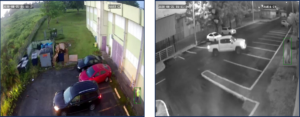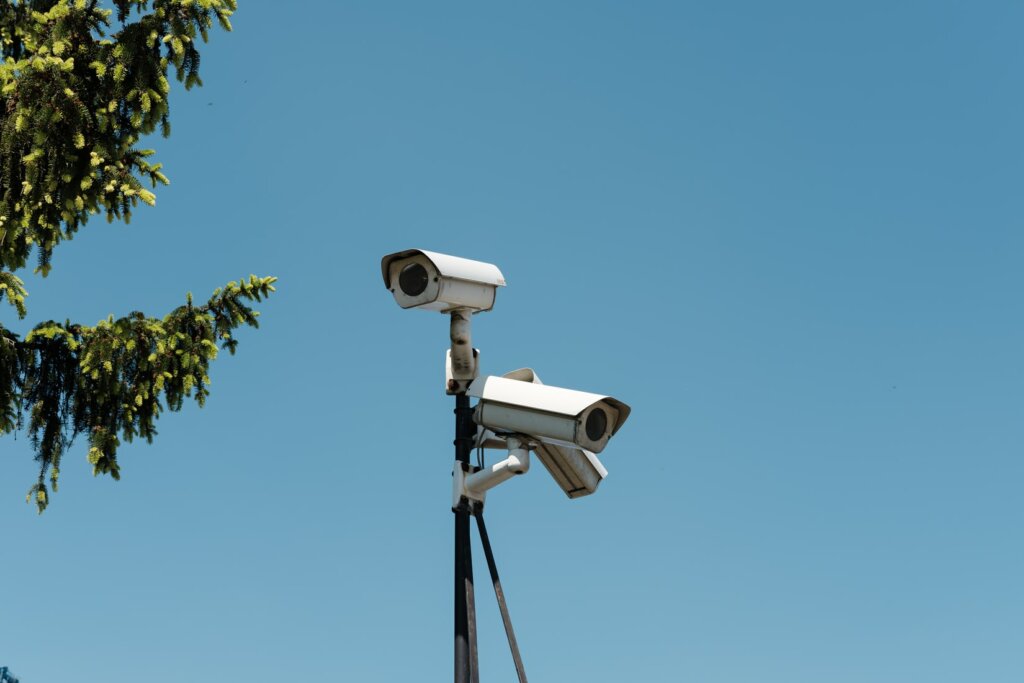Overview
A shift from analog video surveillance to network camera solutions has resulted in the accelerated growth of the CCTV camera market.
With many organizations relying on CCTV tech to protect their employees and bottom lines, the commercial segment continues to dominate the CCTV market share and is expected to reach a market size of over $13,100 Mn by 2025.
It’s clear that CCTV has become an enterprise security mainstay, but just how effective is CCTV for deterring and reducing crime? Let’s explore the statistics below.
The Impact of Location on CCTV Effectiveness
When evaluating CCTV’s impact on crime deterrence, it’s crucial to note there’s a direct correlation between camera location and crime reduction rates.
 A study conducted by the College of Policing analyzed crime rates in various CCTV locations and found that car parking lots exhibited the most notable reduction of overall crime—a 51% decrease. Town centers came in second, with a 10% decrease in crime.
A study conducted by the College of Policing analyzed crime rates in various CCTV locations and found that car parking lots exhibited the most notable reduction of overall crime—a 51% decrease. Town centers came in second, with a 10% decrease in crime.
In contrast, housing estates and public transport locations experienced little-to-no impact on overall crime from CCTV installation alone.
Why does CCTV location result in such different crime reduction stats? The main reason is that CCTVs are most effective in instances where optimal coverage can occur. For instance, parking lots and town centers tend to have a more open layout where minimal “blind spots” exist.
Strategies for Maximizing CCTV Effectiveness
The above stats reveal that CCTVs on their own are not always enough to reduce crime. For those hoping to maximize results, CCTVs should be integrated in tandem with the following security measures:
-
Proper Setup and Configuration: Proper setup and configuration are instrumental in ensuring CCTV blind spots are minimized. When positioning each camera, make sure to run a quality assurance check to detect any potential blockages. Additionally, proper lighting can aid in a more optimal setup. During installation, try to take into account the effects of natural changes in lighting on footage quality (i.e., nighttime lighting vs. early morning lighting).
- Ongoing Monitoring: In addition to proper setup and configuration, real-time video monitoring can dramatically increase threat detection and aid in quickly mobilizing a response from law enforcement.
- AI Video Analytics: For an added layer of security, AI video analytics can help operators rapidly search for and pull up frames of detected incidents, saving dozens of hours wasted on forensic review.
Consider an AI Integration with Actuate
If you’re looking to get the most out of your commercial CCTVs, consider utilizing Actuate’s advanced AI software.
Actuate’s AI video analytics enables existing security cameras to identify intruders, threats, and unusual activity.
The best part? No hardware installation is needed as Actuate can work directly with your current CCTV system.



